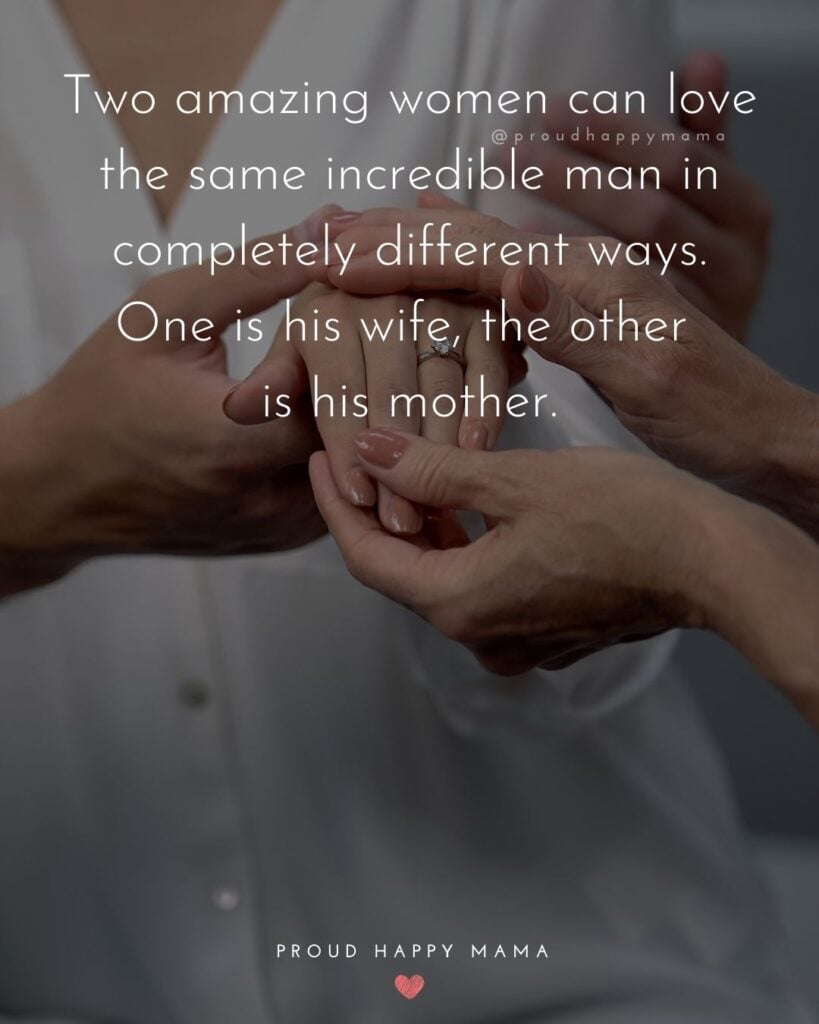

The essential elements of the marriage contract were now an offer by the man, an acceptance by the woman, and the performance of such conditions as the payment of dowry. 'For example, the dowry, previously regarded as a bride-price paid to the father, became a nuptial gift retained by the wife as part of her personal property' Under Islamic law, marriage was no longer viewed as a "status" but rather as a "contract". ( Quran 4:3) The institution of marriage was refined into one in which the woman was somewhat of an interested partner. Islamic law limited men to four wives at one time, not including concubines. Under the Arabian Jahiliyyah law, Islamic sources allege that no limitations were set on men's rights to marry or to obtain a divorce. Several chapters and verses from the Quran were revealed which banned such practices. The practices of "marriage by inheritance" was forbidden. The rules of "marriage by agreement (marriage through consent)" was reformed and a strict set of rules and regulations were put in place. Muhammad had reformed the laws and procedures of the common marriage practices that existed during his prophethood. They were given the power to negotiate the terms of their marriage contract, and could even initiate divorce. However, in the transitional age from non-Islamic to Islamic society, elite women could divorce and remarry without stigma. Women were seldom allowed to divorce their husbands and their view was not regarded for either a marriage or divorce. They were rarely bound by contract for marriage or custody of children and their consent was rarely sought. Īccording to Islamic sources, most women in pre-7th century Arabia had little control over their marriages. The Sasanian society followed Zoroastrianism, which viewed women to be possessions in marriage, although consent was required in both marriage and divorce. In Mesopotamia, marriages were generally monogamous, except among royalty, who would have harems consisting of wives and concubines. The most common and recognized types of marriage at this time consisted of: marriage by agreement, marriage by capture, marriage by mahr, marriage by inheritance and "Mot'a" or temporary marriage.

In Arabia before the advent of Islam in the 7th century CE, a variety of different marriage practices existed. Main article: Marriage in pre-Islamic Arabia The marriage celebration may be called ʿurs / zawāj ( Arabic: زواج / عرس), ezdewaj/arusi (Persian), shaadi (Urdu), biye/biya (Bengali) or düğün (Turkish). The marriage contract is known by different names: Literary Arabic: عقد القران ʿaqd al-qirān, " matrimony contract" Urdu: نکاح نامہ / ALA-LC: Nikāḥ-nāmah Bengali: আকদ, romanized: akd Persian: ازدواج ezdevāj "marriage" and سند ازدواج or عقدنامه ( sǎnǎde ezdevāj, aqd nāmeh) for the certificate. In Arabic-speaking countries, marriage is commonly called zawāj ( Arabic: زواج, from the Quranic term zawj ( Arabic: زوج), referring to a member of a pair), and this term has recently gained currency among Muslim speakers of other languages as well. (At least in some marriages in some Muslim cultures such as Pakistan, there may be a delay between the nikkah and the rukhsati-when the husband, having obtained a good job and home, has the wife move in with him).

In the Wehr-Cowan Dictionary of Modern Written Arabic, nikah is defined as "marriage marriage contract matrimony, wedlock". In Islamic law, marriage – or more specifically, the marriage contract – is called nikah, which already in the Quran is used exclusively to refer to the contract of marriage. 7.1 Prohibitions based on consanguinity.5.1 International human rights responses.5 Marriage contracts and forced/un-consented marriages.


 0 kommentar(er)
0 kommentar(er)
